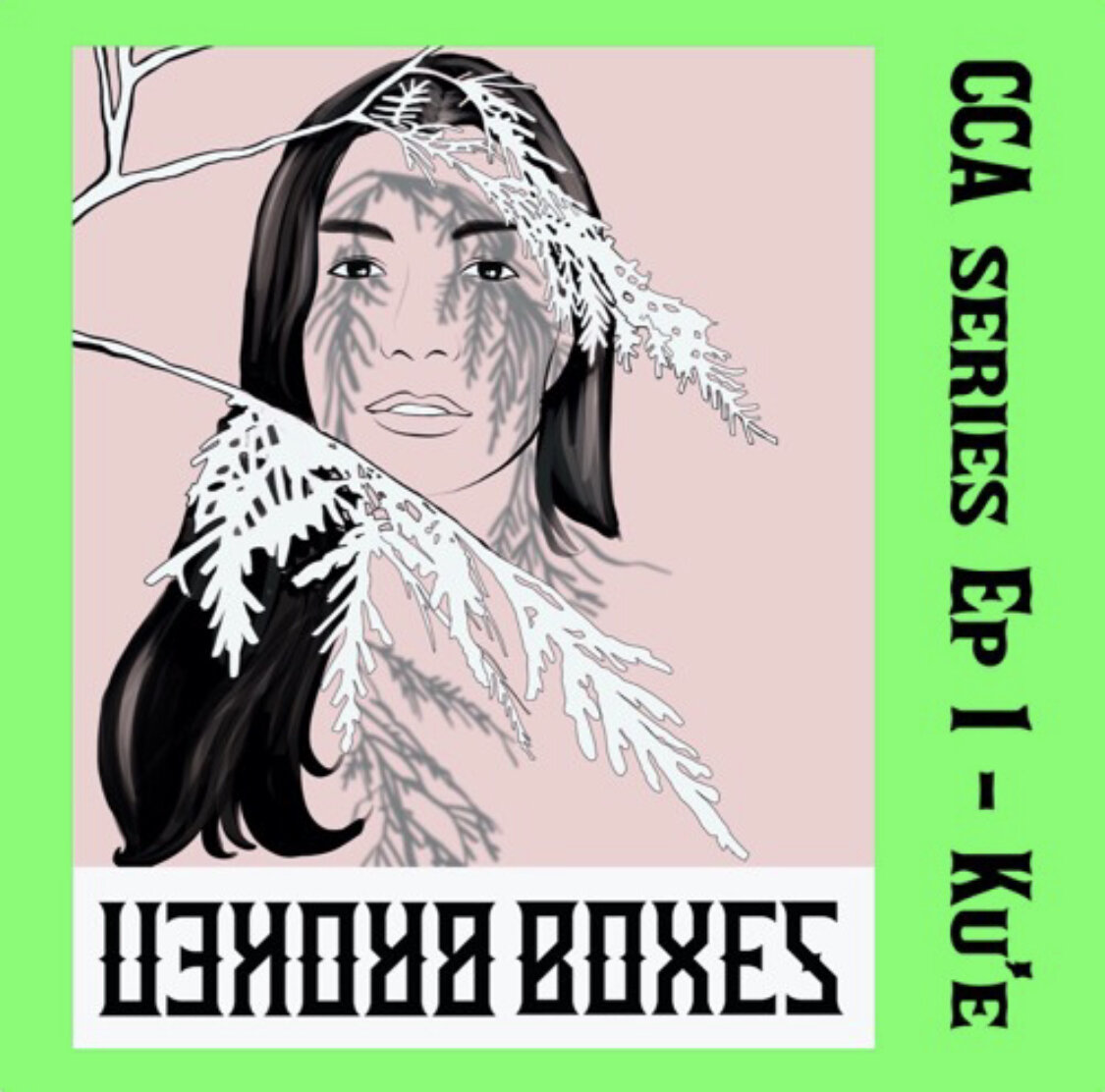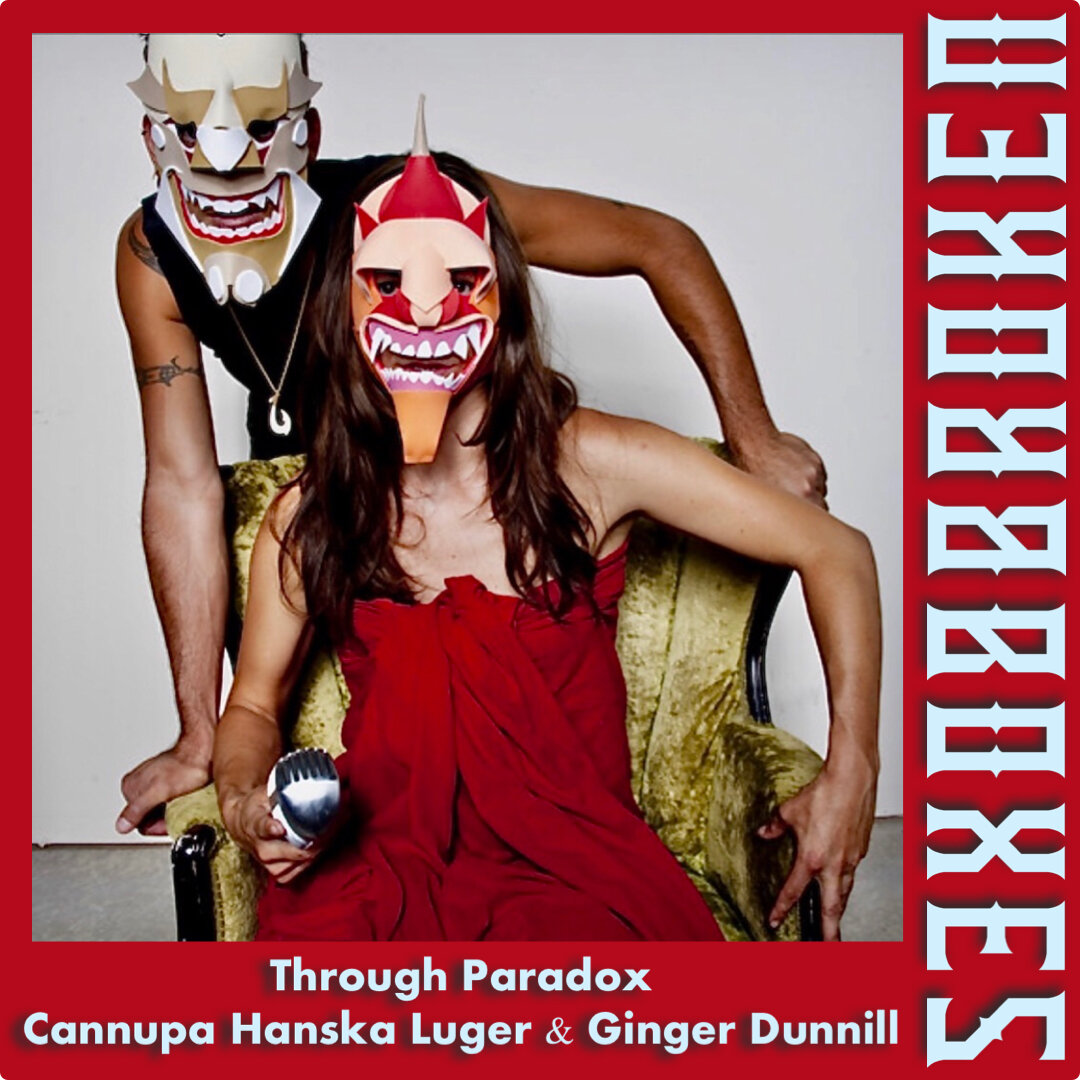I Am The River: Conversation with Amber Morning Star Byars
In this podcast we feature a timely and pointed conversation with dear friend, water protector, artist and current law school student Amber Morning Star Byars. The topics we discuss in this episode range from healing ancestral trauma, survival, the Resist Line3 camps, Land Back initiatives, tribal law, art, wellness, mental health and self care; all of which need continued attention as we work towards a healthy relationship to our planet.
Amber Morning Star Byars is an artist, advocate, storyteller, and law student from Santa Fe, New Mexico. Amber is an enrolled member of the Choctaw Nation of Oklahoma and a descendant of the Chickasaw Nation. She received a BA in Indigenous Liberal Studies and an AFA in Studio Art from the Institute of American Indian Arts in 2018 and is a current student at the University of Arizona James E. Rogers College of Law. After graduating law school in the spring of 2022, Amber will continue to advocate for the rights of Indigenous peoples, specifically in the areas of Land Back, Missing and Murdered Indigenous People, and environmental protection.
In the middle of our conversation we shared an audio reading of an article Amber wrote about her reflections from the Line3 pipeline resistance at Red Lake River in Northern Minnesota, while she was on the frontlines this year. The article titled I Am The River, was first published via AllCreation.org as part of their Fall Equinox 2021 collection, Sacred Relationship. At the end of my conversation with Amber, we here the song “Silt and Clay” by singer/songwriter Adam Horowitz.
Land Back, Front Line and Tribal Law Resources:
Rebecah Nagle work and her podcast, This Land
Nick Estes and the Red Nation podcast
Winona LaDuke and Honor The Earth
Stopline3.org For info and then donate to legal fund
Water Protectors Legal collective
IG @resist_line_3
Well Being, Spiritual and Mental Health Books:
THE EXTENDED MIND: The Power of Thinking Outside the Brain by Annie Murphy Paul
The Body Keeps the Score by Vessel Vanderclock
The Gift: 12 Lessons to Save Your Life by Edith Eger
Breath by James Nester
We Are the Luckiest: The Surprising Magic of a Sober Life by Laura McKowen
Happiness Becomes You: A Guide to Changing Your Life for Good by Tina Turner
The Book of Secrets by Depak Chopra
Leadership Books:
Think Again by Adam grant
Dare To Lead by Brene Brown
Essentialism: The Disciplined Pursuit of Less by Greg McKeown
This conversation was hosted by Ginger Dunnill of Broken Boxes Podcast









